It is 4 years today since the destruction of Slow Worms by a Forest Mulcher at the Tufa Field. This image, recently made available by Google Earth, shows the scale of destruction of the Slow Worm habitat.
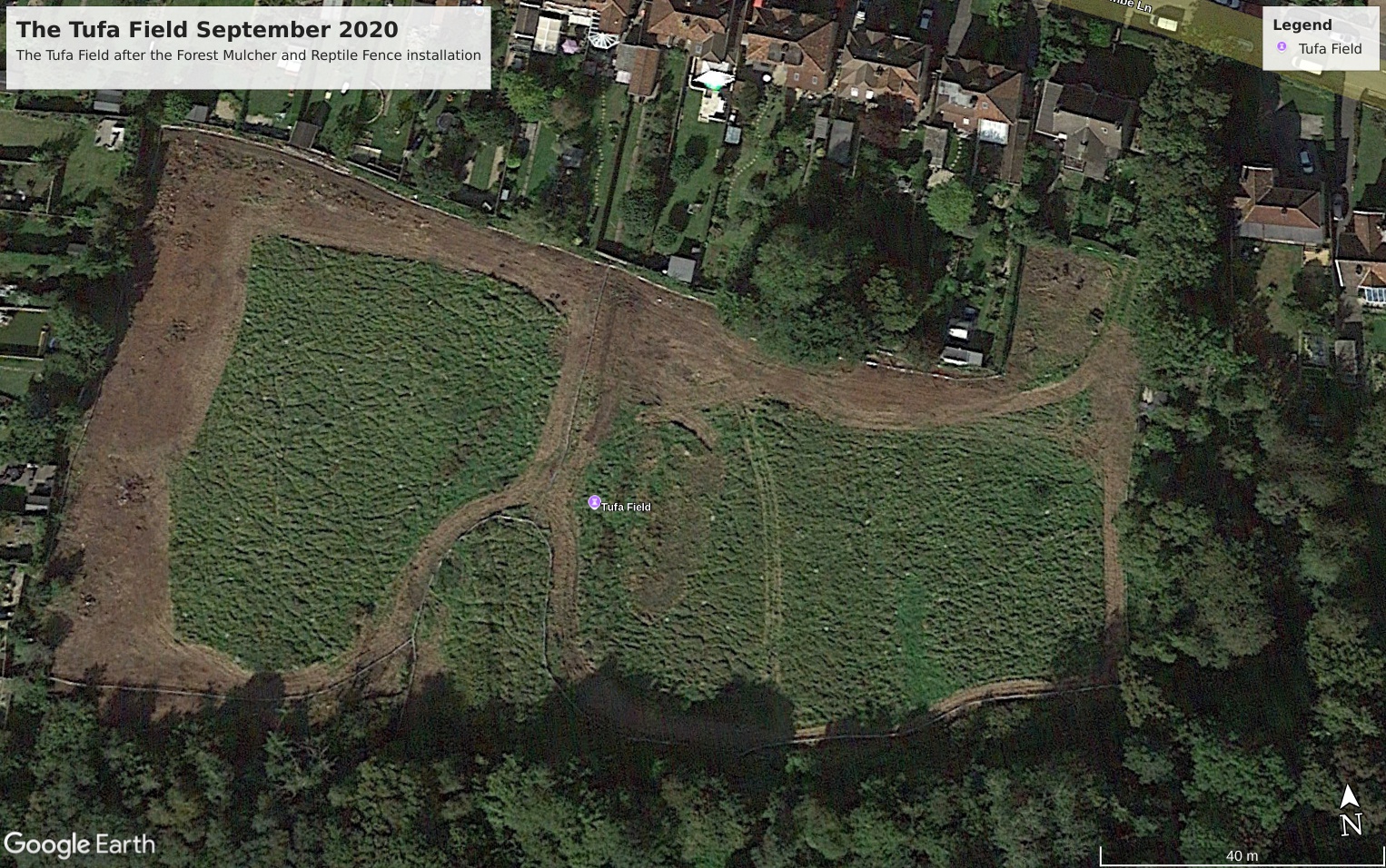
Following a number of years of neglect by the Council, combined with abortive attempts at reptile control and damage by contractors, it is time to assess the ecological and environmental state of the field.
For many years prior to the 2020 installation of the so-called reptile/amphibian containing fences, the flora and fauna of the field thrived and developed naturally. Widely used by bats as a source of insect food, frequented by larger mammals from Deer to Badgers, and a home to Slow Worms, Amphibians and a special collection of Calcareous plants and associated life, the field was in a health state, set to progress as an ever-increasingly diverse habitat.
The decline through a combination of mis-management, neglect and wilful destruction means that today’s field is suffering badly.
The two attempts at plastic reptile containing fences have now suffered the degradations of time and weather, leaving a large amount of degrading plastic in the environment which is finding its way into food chains, soil and downstream watercourses. Attempts to remove this plastic through community efforts were rebuffed.
The destruction of the Butterfly patch in 2023 at peak breeding time by Council contractors devastated the population of Lepidoptera. Together with difficult 2023 over-wintering conditions at the very time when a buffer stock of eggs and caterpillars was needed , 2024 has seen very little Butterfly activity, even amongst so-called Common varieties . This has also affected other insect species, including pollinators such as hoverflles and aphid predators like lacewings and ladybirds.
Perhaps of most concern is the appearance of the invasive species Himalayan Balsam. Despite continued alerts to the Estate Management team, no action has been taken and this species is now rampant. It will take many years to eradicate, and is likely to be spread widely across the site when developers machinery is used. This will render plans to re-invigorate some areas of the field next to hopeless.
It is also noticeable that many of the higher mammal species numbers have declined, even such resilient animals as foxes and badgers. Some of this is undoubtedly due to the disturbance suffered in the second half of 2023 during a wholly unnecessary ground water investigation. The heavy machinery used to insert ground pipe inspections may have been the reason that fox dens and badger setts were deserted.
There was one bright spot, the ecological survey of Slow Worm breeding sites showed a high density, however this was undertaken before the ground water work, when much of the discovered Slow Worm areas were again destroyed. No up to date survey has been undertaken since.
Overall, it has to be said that the picture is gloomy. Much work, now unnecessarily more difficult and more expensive will be needed to get this site back on track to being the unique habitat it once was.
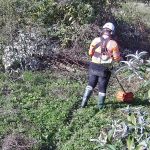
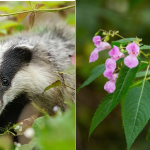
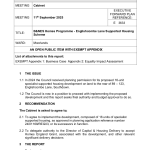
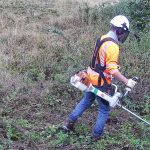
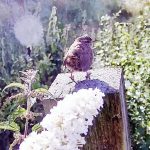
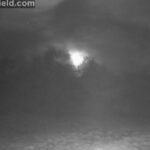






 Total views : 101215
Total views : 101215

Leave a Reply